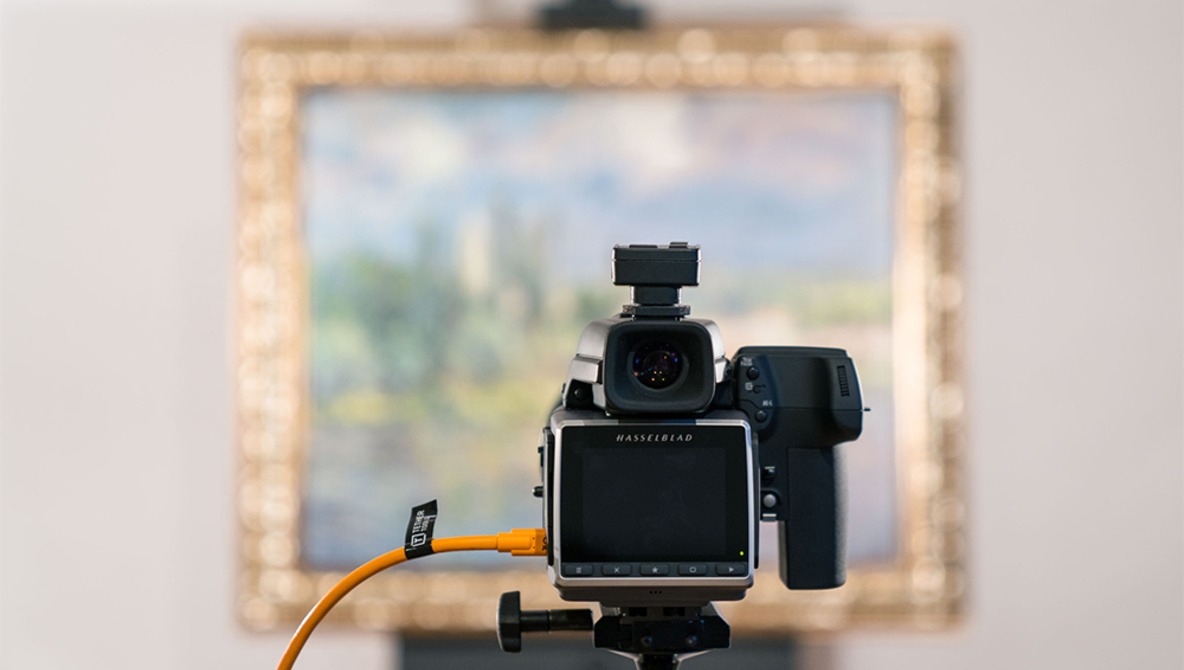A few weeks ago, I was lucky enough to visit the DJI / Hasselblad headquarters in NYC for a demo on their H6D-400c Multi Shot. This new technology Hasselblad has developed allows for a user to take a 400 megapixel image, using their latest pixel shift technology.
I do not know too much about medium format cameras, nor do I shoot with them. However, after going to this demo and seeing what these cameras are capable of doing, I have to say that I am very impressed and think it's quite amazing to say the least. The H6D-400c has a 100mp sensor with 15 stops of dynamic range which is far superior to most other medium format cameras out there. The one camera the H6D-400c really stacks up against would probably be the Phase One which was released a little while back. This article is not intended to compare these two cameras, but rather to fucus on the multi-shot technology that the H6D-400c is known for. In the video below, Dan Wang goes over a lot about how this works and explains some of the main uses for it.
So what is the main purpose for shooting such high quality images? This camera is obviously designed for a specific use. Not many people are just going to go out and spend $40k on a camera that is capable of shooting a 100-400mp image because they don't necessarily need that. The H6D-400c is mainly used to documenting history or creating fine art. By shooting at such a high resolution, we are able to see almost every bit of detail in the subject we are photographing. Dan explains in the video that Museums and Libraries use this camera to photograph and archive the work that they are displaying to keep record of it all. He goes on to talk about how every time these documents or paintings are revealed to light, they decompose quicker and quicker. By having a camera like the H6D-400c photograph these, archiving becomes faster, easier and in a way better because they are able to capture all the detail they need in one place at one time.

Shot on the H6D-400c (400mp on left and 100mp on right)
Before - 400mp (6 shot) full, After - 400mp (6 shot) crop
Before - 100mp (1 shot), After - 400mp (6 shot)
Before - 100mp (1 shot), After - 400mp (6 shot)
Using pixel shift technology, the multi shot produces a file size around 2.4gb uncompressed, and about 700mb compressed, which are being transferred directly from the camera via USB-C to Hasselblad's Software on the computer, where the magic happens. In the examples above, you can really see how sharp this camera is and what kind of quality it is capable of producing. Being able to photograph all this detail shows the truest form of what is being photographed with the most data possible. When you look at how much detail this camera is actually capable of capturing, you start to understand all the reasons why this technology was developed and will continue to be. We are able to zoom in wherever we want in the photo and see the detail of the subject so clearly.


When I was in the studio and we were comparing the images, I was initially impressed with the normal 100mp image. When we started doing the 4 and 6 shot 400mp images, I was really blown away by how much more detail the bigger files had. Dan mentioned in the video that people use these photos to study paintings; they can study the brush strokes and even see the depth the original painting has which is amazing. Overall, I am honored that I was able to see this demo live and be revealed to some of the best camera technology in the world. Hasselblad is certainly a name I will never forget.













Great and it helps explain the capture process and the ease of use for the photographer to get these files with your in-depth review.